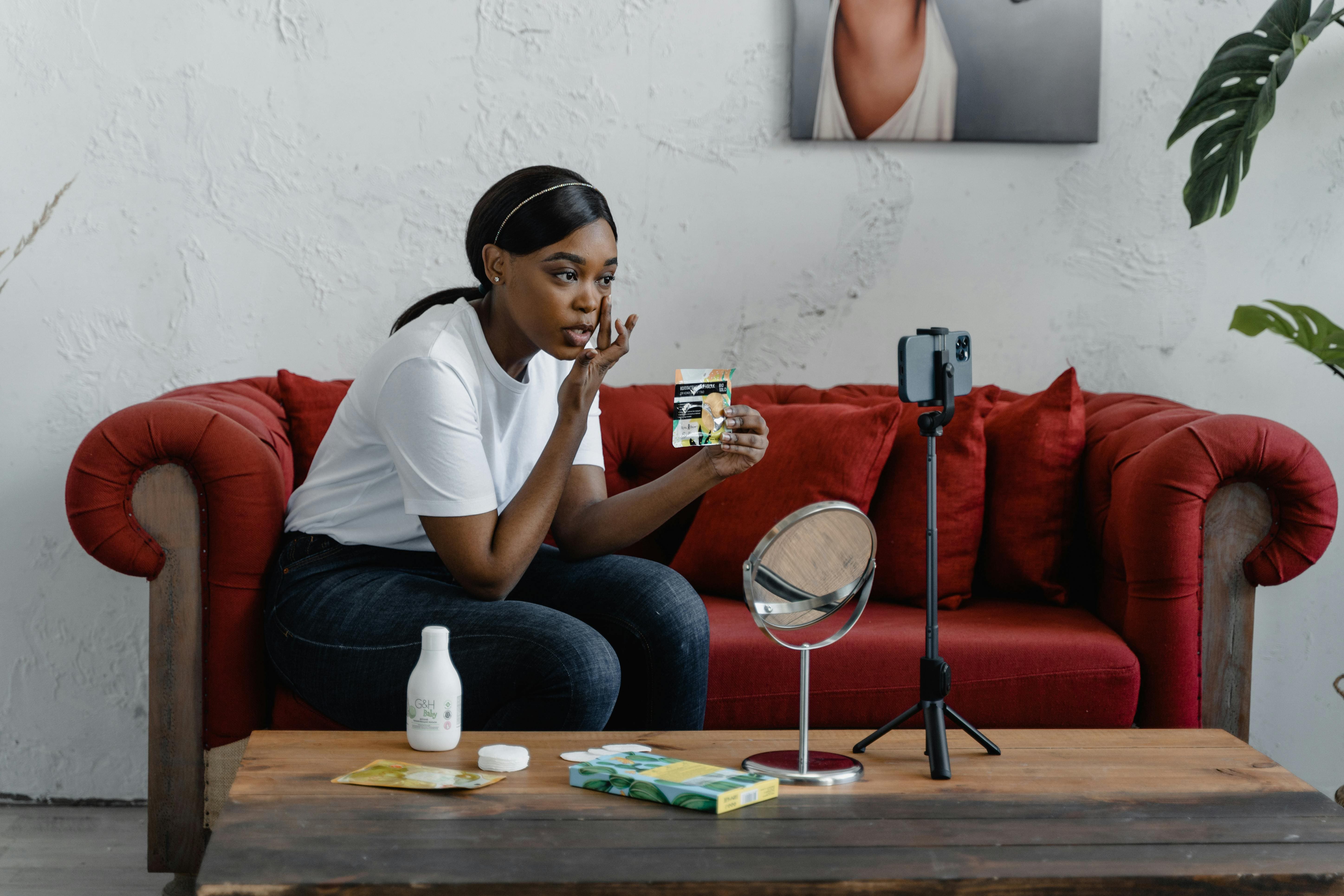Influencer marketing has matured from a social media trend to a cornerstone of modern marketing strategies. But one question still looms large: How do you measure the ROI of influencer marketing campaigns effectively?
CMOs cite influencer marketing as one of the most challenging channels to measure along the customer journey, often leading to under-investment or misalignment with larger business goals. To measure influencer marketing ROI effectively, define clear goals, align metrics to the funnel, and apply a consistent ROI formula to track success. In this guide, we go deeper and break down a practical, proven framework to help brands track, analyze, and optimize influencer performance with clarity.
Why Measuring Influencer ROI Is So Hard (and Why It Matters)
Before we dive into metrics, let’s acknowledge the elephant in the room: influencer marketing often lives in a gray area between branding and performance. It’s a blend of content creation, social strategy, and paid amplification—which makes traditional ROI measurement models less effective.
Common influencer marketing ROI tracking challenges include:
- Attribution Gaps: Influencer content can spark discovery, but conversions may happen days later on a different platform.
- Platform Fragmentation: Tracking across TikTok, Instagram, YouTube, and affiliate platforms is difficult.
- Misaligned Metrics: Vanity metrics like likes and views are often mistaken for performance indicators.
Despite these obstacles, the pressure is on. According to The CMO Survey, marketers plan to grow their social media budgets from 16% to 24% of total marketing spend over the next five years, with influencer marketing becoming a significant piece of that pie.
Step 1: Define Clear Campaign Goals
The foundation of effective ROI measurement is clarity. What does success look like?
Common influencer campaign goals include:
- Brand Awareness: Reach, impressions, video views, new followers
- Engagement: Comments, shares, saves, likes, DMs
- Conversions: Website traffic, affiliate link clicks, sales
- Customer Retention: UGC generation, brand sentiment, repeat purchases
Each goal requires a different set of KPIs and tools to measure ROI. Define these up front to avoid misinterpretation later.
Step 2: Match Metrics to the Funnel
Think of influencer marketing as a full-funnel strategy. Your KPIs should match your funnel stage:
| Funnel Stage | KPI Examples | Tools |
| Awareness | Impressions, Reach, Video Views | Meta Insights, TikTok Analytics |
| Consideration | Engagement Rate, Click-through Rate | Bitly, Google Analytics |
| Conversion | Sales, ROAS, CAC, Coupon Code Use | Shopify, TikTok Shop, UTM Tags |
| Retention | UGC Volume, Brand Mentions, Repeat Buys | Social Listening Tools |
Tools like Shopify Collabs, TikTok Shop Affiliate, or influencer platforms like GRIN can provide conversion-level data. Use UTM parameters, unique promo codes, or tracked links to bridge the gap between influencer activity and downstream conversions.
Step 3: Use a Consistent ROI Formula
Here’s a simple formula to calculate ROI:
ROI = [(Revenue from Campaign – Cost of Campaign) / Cost of Campaign] x 100
For example:
- Campaign Spend: $25,000
- Attributed Revenue: $100,000
- ROI = ((100,000−25,000)/25,000)x100((100,000 – 25,000) / 25,000) x 100 = 300%
If you can’t track direct sales, calculate Earned Media Value (EMV)—the equivalent advertising value of influencer content based on impressions, engagement, and quality.
Step 4: Layer in Qualitative Impact
Influencer marketing is more than just clicks and sales. It contributes to:
- Brand Affinity and Recall: Especially from authentic micro-influencers who align with niche audiences.
- UGC for Reuse: Repurpose high-performing creator content across paid media, email, and landing pages.
- SEO Boost: Influencers with blogs or YouTube channels can contribute to organic discoverability.
At Joybyte, we view micro-influencers as community builders, not just product pushers. Their content builds social proof and trust, compounding ROI across campaigns.
Step 5: Benchmark, Test, Optimize
Don’t just look at results in isolation. Benchmark across creators, platforms, and campaign types. Use this data to:
- Identify top-performing creators for always-on partnerships
- Adjust content formats based on engagement rates
- Reallocate spend toward channels that deliver the most conversions
This always-on, data-driven approach is core to how Joybyte scales micro-influencer programs across the customer journey—delivering measurable growth in KPIs from reach to revenue.
Final Thoughts
Influencer marketing doesn’t have to be a leap of faith. With clear goals, smart tools, and a data-led mindset, ROI is absolutely measurable—and improvable. Whether you’re trying to build awareness or drive eCommerce sales, integrating influencer strategy with social media and paid media is key.
Ready to turn influencer impressions into measurable impact? Partner with us at Joybyte to build data-driven campaigns that deliver real ROI across the entire customer journey.
YOU MIGHT ALSO LIKE:




